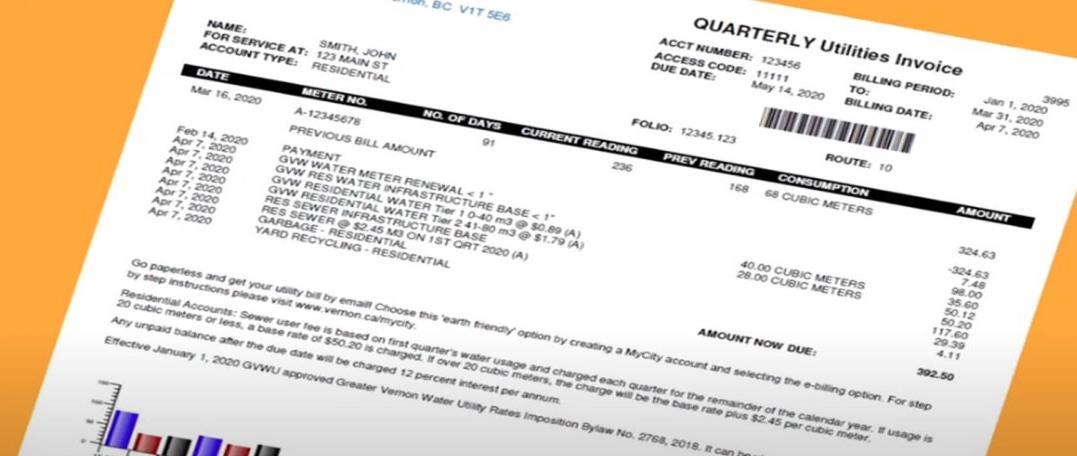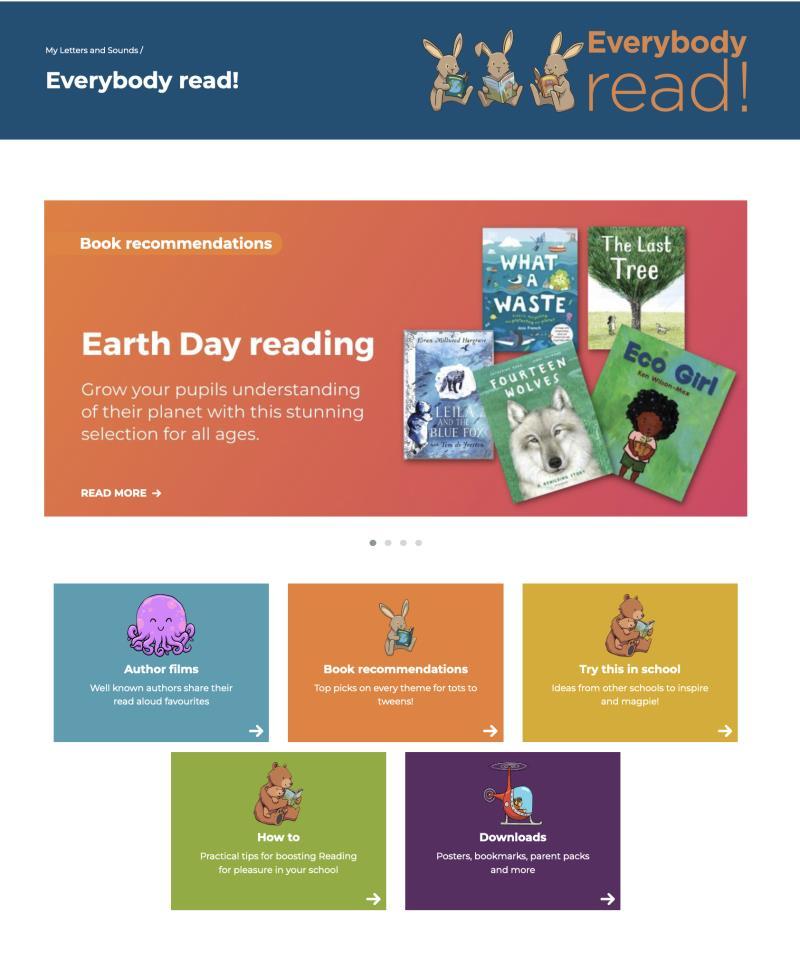Teach reading: change lives
Parent workshop: Phonics and early reading in Year 1, Phase 5

OECD (The Organisation for Economic Co-operation and Development)

A love of reading is the biggest indicator of future academic success.
How many times have you already read today?





Phonics


Little Wandle Letters and Sounds Revised

Our school has chosen Little Wandle Letters and Sounds Revised as our systematic, synthetic phonics (SSP) programme to teach early reading and spelling.

Phonics is:
making connections between the sounds of our spoken words and the letters that are used to write them down.

Terminology

Grapheme Blend Digraph Segment
Adjacent consonant Split digraph
Phoneme
Trigraph
The progression





Let’s say the Phase 5 sounds




This term we are teaching Phase 5

In Phase 5 children learn:
• new graphemes for the sounds they already know

• that the same grapheme can have alternative pronunciations.
The ‘Grow the code’ lessons support children with reading and spelling these alternative spellings.
Reading words

Children will be able to:
blend independently
blend in their heads with increasing fluency and confidence.
They will also begin to distinguish between different phonemes/graphemes.

•
•
Tricky words


Tricky words:

• have unusual spellings e.g. all, people • are taught in a systematic way.
Children are now learning to read Phase 5 tricky words.

Phase 5 tricky words


How we make learning stick







Reading and spelling


Spelling
• This term, your child will be taught how to spell words every day using the graphemes they have been taught so far.

• They will practise writing a dictated sentence.
• Handwriting is referred to but is taught at other times of the day.

Spelling

Say the word.
Segment the sounds.

Count the sounds.
Write them down.
•
•
•
•
How do we teach reading in books?


Reading practice sessions are:

timetabled three times a week



taught by a trained teacher/teaching assistant
taught in small groups.

•
•
•
We use assessment to match your child the right level of book









Reading a book at the right level
This means that your child should:

• know all the sounds and tricky words in their phonics book well

• read many of the words by silent blending (in their head) – their reading will be automatic
• only need to stop and sound out about 5% of the words by the time they bring the book home – but they should be able to do this on their own.
Reading at home


The most important thing you can do is read with your child
Reading a book and chatting had a positive impact a year later on children’s ability to…

• understand words and sentences
• use a wide range of vocabulary
• develop listening comprehension skills.

The amount of books children were exposed to by age 6 was a positive predictor of their reading ability two years later.
Parental involvement in the development of children’s reading skills: A five-year longitudinal study (2002) Senechal, M. and Lefvre, J
Books going home






Listening to your child read their phonics book




Your child should be able to read their book without your help.
If they can’t read a word, read it to them. • Talk about the book and celebrate their success.

•
•
Read to your child
The shared book is for YOU to read:
• Make the story sound as exciting as you can by changing your voice.

• Talk with your child as much as you can:

o Introduce new and exciting language.
o Encourage your child to use new vocabulary.
o Make up sentences together.
o Find different words to use.
o Describe things you see.
Supporting your child with phonics


to children

One of the greatest gifts adults can give is to read
Carl Sagan






















































